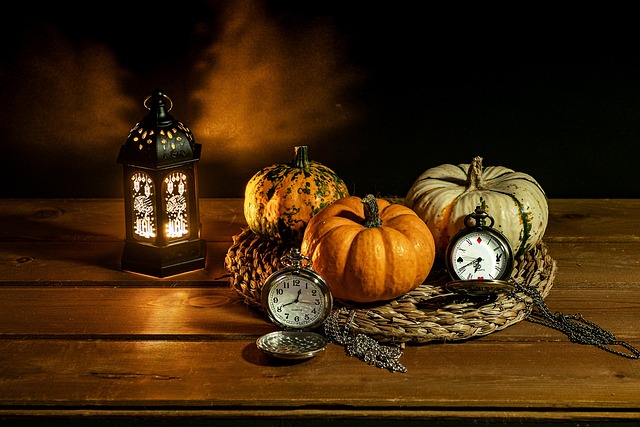Photography is often likened to the art of creation—a subtle dance between light, shadow, and the artist’s intent. When mastering the intricate realm of exposure, one must learn to wield their camera like a painter holds their brush. The journey into capturing stunning images begins with understanding the three pillars of exposure: aperture, shutter speed, and ISO.
Imagine standing before a breathtaking landscape at dusk. The fading light bathes the scene in a warm glow, and your heart races with the potential each frame holds. This moment of creation requires you to think carefully about how each setting on your camera will transform that fleeting beauty into a timeless photograph. The aperture controls the depth of field, allowing you to isolate your subject against a blurred background, enhancing the emotional impact of your image.
Aperture, represented by f-stop numbers, may seem intimidating at first. However, as you become familiar with these numbers, you’ll discover their power. A wide aperture (low f-stop number) allows more light to enter your lens, creating a dreamy bokeh effect that can truly elevate your portrait photography. In contrast, a smaller aperture (high f-stop number) invites less light but increases the overall sharpness of the scene—perfect for capturing expansive landscapes in all their intricate details.
Next comes shutter speed, which determines how long the camera’s sensor is exposed to light. This setting is essential for freezing action or creating motion blur that conveys dynamism in your photography. Picture a bustling city street: a fast shutter speed can capture the perfect moment as a cyclist speeds by, while a slower shutter can create a delightful blur that illustrates the energy of the scene. Mastering shutter speed enables you to evoke feelings and moods through your photos, enhancing your storytelling ability as a creator.
The third element of exposure is ISO, which refers to your camera’s sensitivity to light. A higher ISO allows you to shoot in low-light conditions, but it comes at the cost of increased noise in your images. Striking the right balance between ISO, aperture, and shutter speed is crucial for photographers who wish to produce images that resonate with their audience.
To truly embrace the art of creation in photography, it’s essential to understand how these three elements work together. The magic happens when you find the perfect harmony between them. Experimenting with different combinations allows you to explore the vast possibilities that photography brings. Each photo tells a distinct story, and as you play with exposure settings, you’ll uncover newfound creativity that enhances your photographic voice.
Consider investing time into understanding your camera’s manual settings. Reading through the user manual might seem tedious, but the knowledge gained will empower you to break free from auto mode. Once you harness the full potential of your camera’s capabilities, you’ll find a new exhilarating freedom in your ability to express your artistic vision.
Photography is more than just a series of clicked buttons; it’s an exploration of the world around us. Every landscape, portrait, and street scene is infused with emotion and context, waiting for the creator to step in and capture its essence. With practice, the art of exposure will become second nature, allowing you to immerse yourself in creation fully.



